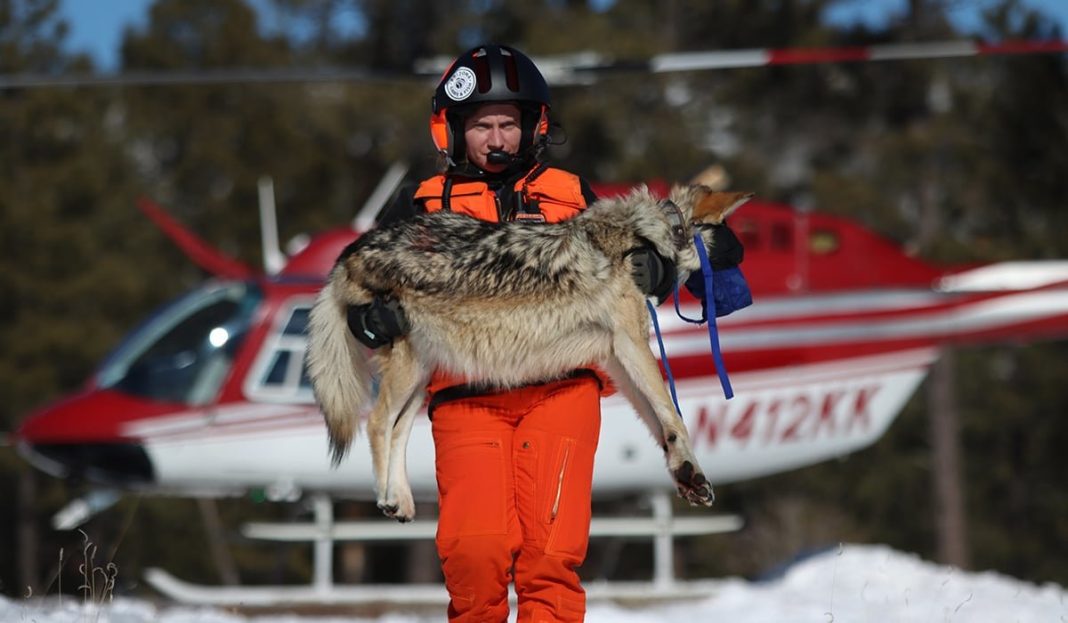Mexican wolf reintroduction efforts in Arizona and New Mexico have been successful, as the Mexican wolf numbers have soared past 200 animals for the first time since reintroduction. A minimum of 241 Mexican wolves have been documented in 2022, representing a 23% increase from the previous year. These results mark the seventh consecutive year of population growth and a doubling in size since 2017. The population is distributed with 136 wolves in New Mexico and 105 in Arizona. Efforts to reintroduce Mexican wolves into the wild started in 1998, and 2022’s figures are a testament to the success of partner-driven conservation in the west.
Population information is gathered from November through February by the Interagency Field Team (IFT). The IFT conducts ground and aerial surveys and sets remote cameras. Likewise, they perform scat collection, and visual observation to gather information. The findings for 2022 included 59 packs, 121 pups born with at least 81 surviving until the end of the year. Meaning there is a minimum of 31 breeding pairs and 109 collared wolves in the wild. That is 45% of the wild population. The 2022 population estimate marks the first time the wild population of Mexican wolves has surpassed 200 since reintroduction. Which is a milestone that has taken 25 years to achieve.
Wolf Numbers on the Rise
The continued cooperation of state wildlife agencies in Arizona and New Mexico and the U.S. Fish and Wildlife Service is essential for the recovery of the Mexican wolf. During the count and capture effort, 21 wolves were captured and radio-collared. These collars will provide a better understanding of wolf activity. Likewise, they will help with on-the-ground wolf management. Pup fostering efforts resulted in 11 pups from captivity being placed into five wild dens in the spring, with two of them documented as surviving. This brings the known number of fostered wolves documented alive to 14. The IFT also documented the lowest annual total Mexican wolf mortalities since 2017, with 12 documented mortalities in 2022. That is substantially lower than in 2021 and 2020.
The Mexican wolf is listed separately from the gray wolf as an endangered subspecies under the federal Endangered Species Act. Mexican wolves were first reintroduced to the wild in 1998, marking the first time in 30 years that Mexican wolves were known to exist in the wild in the United States. In addition to the minimum wild population, approximately 380 Mexican wolves are currently maintained in more than 60 facilities throughout the United States and Mexico.
While there is still ground to be covered, 2022’s recovery program made considerable progress, with continued cooperation among state wildlife agencies and the U.S. Fish and Wildlife Service being crucial to the success of Mexican wolf reintroduction efforts. The stunning growth that occurred in 2022, along with the pup fostering efforts and the low mortality rates, has accelerated the recovery of the Mexican wolf at an impressive rate.
You can more about this count by going to the AZGFD website, their site can be reached by clicking here. Likewise, you can read more Arizona hunting news by clicking here.















